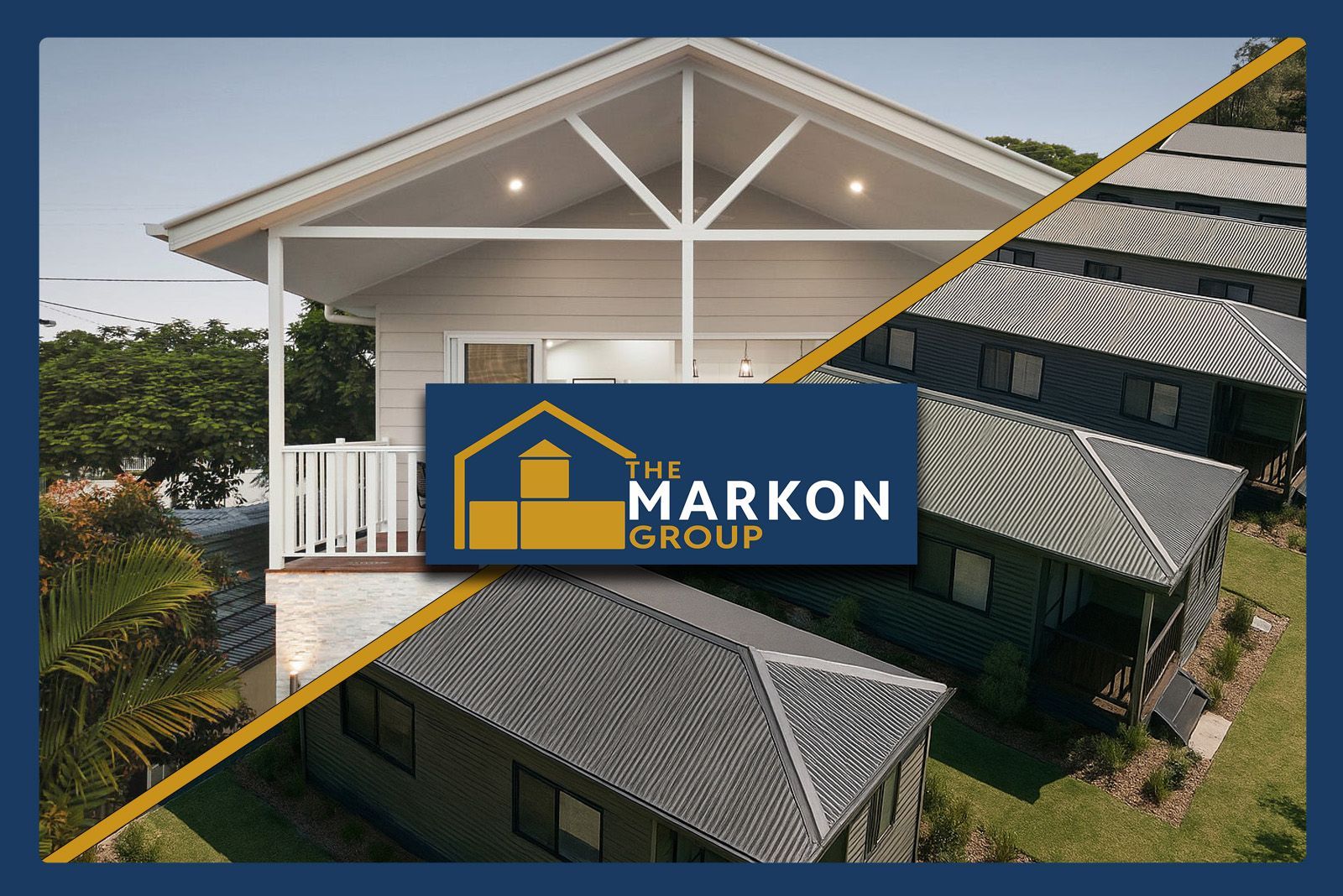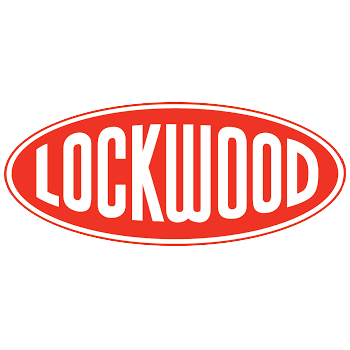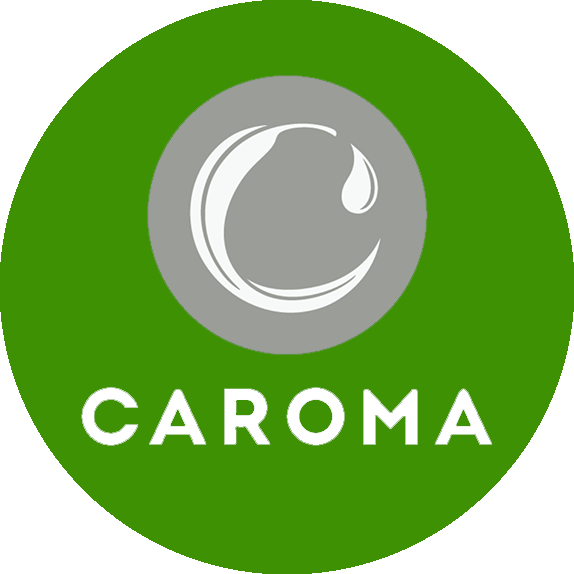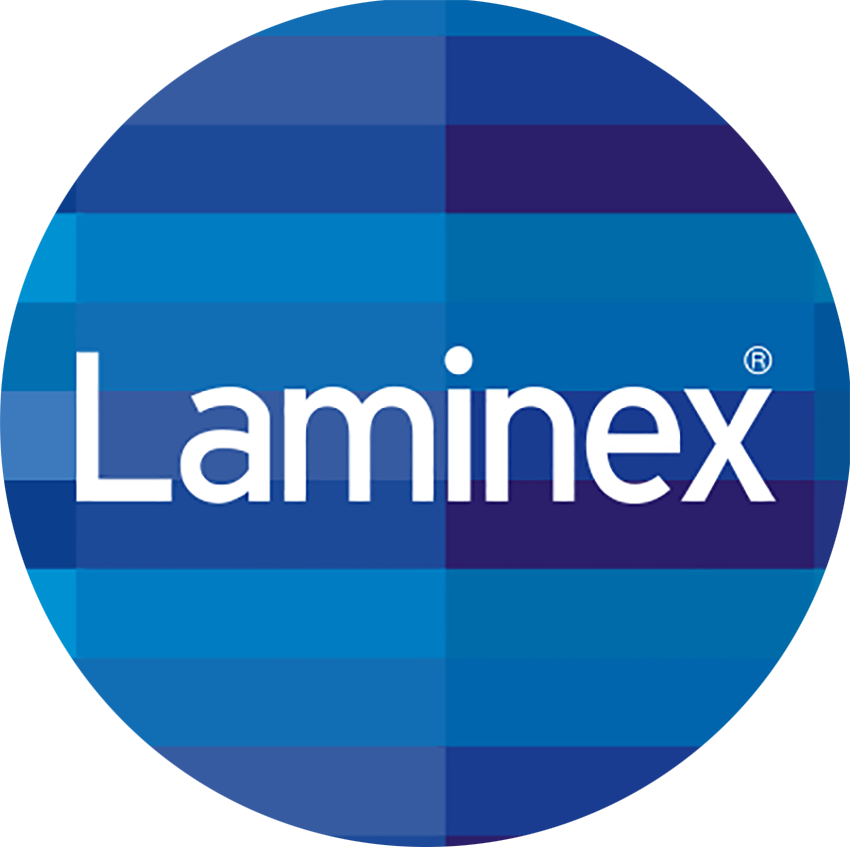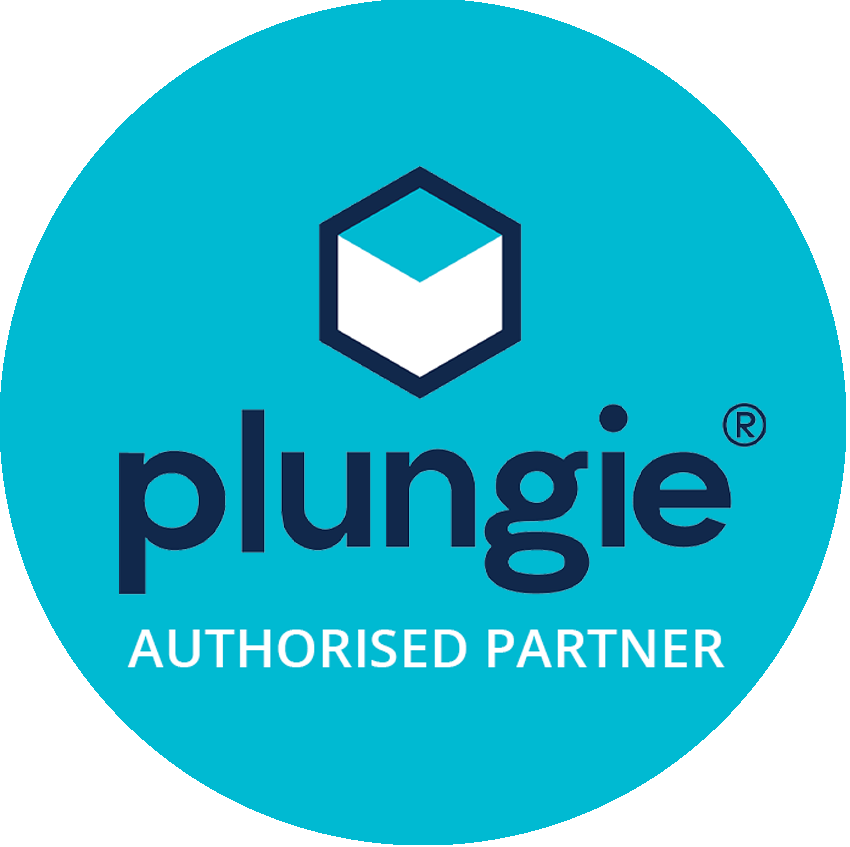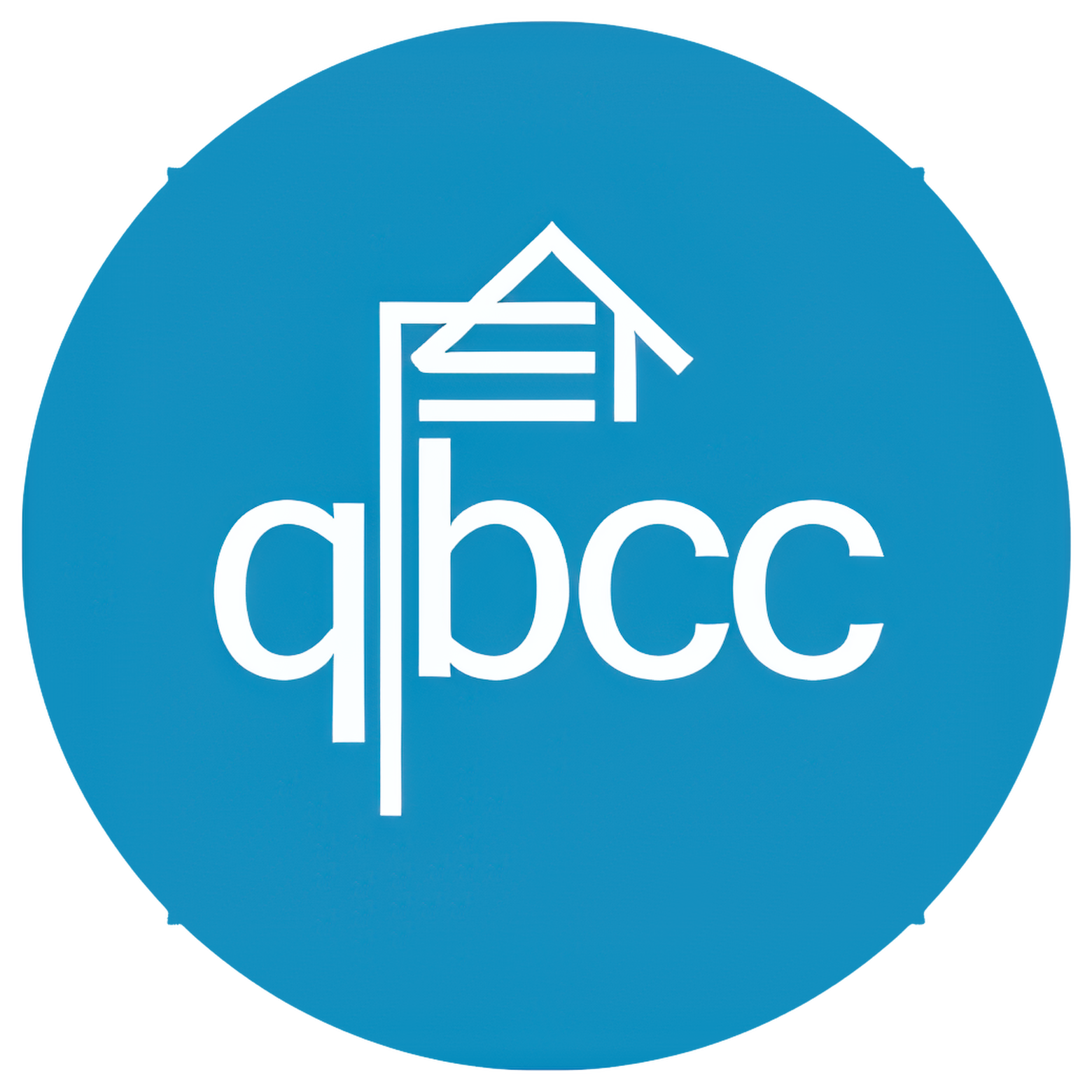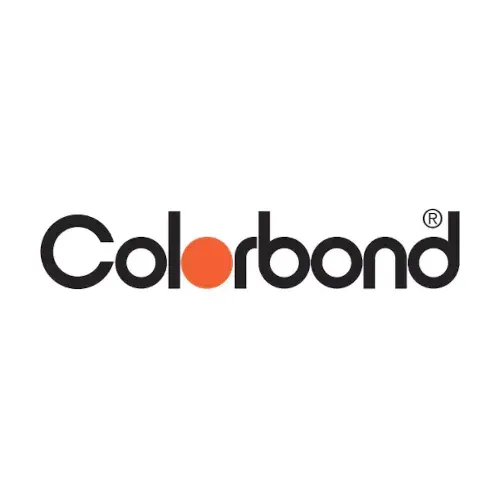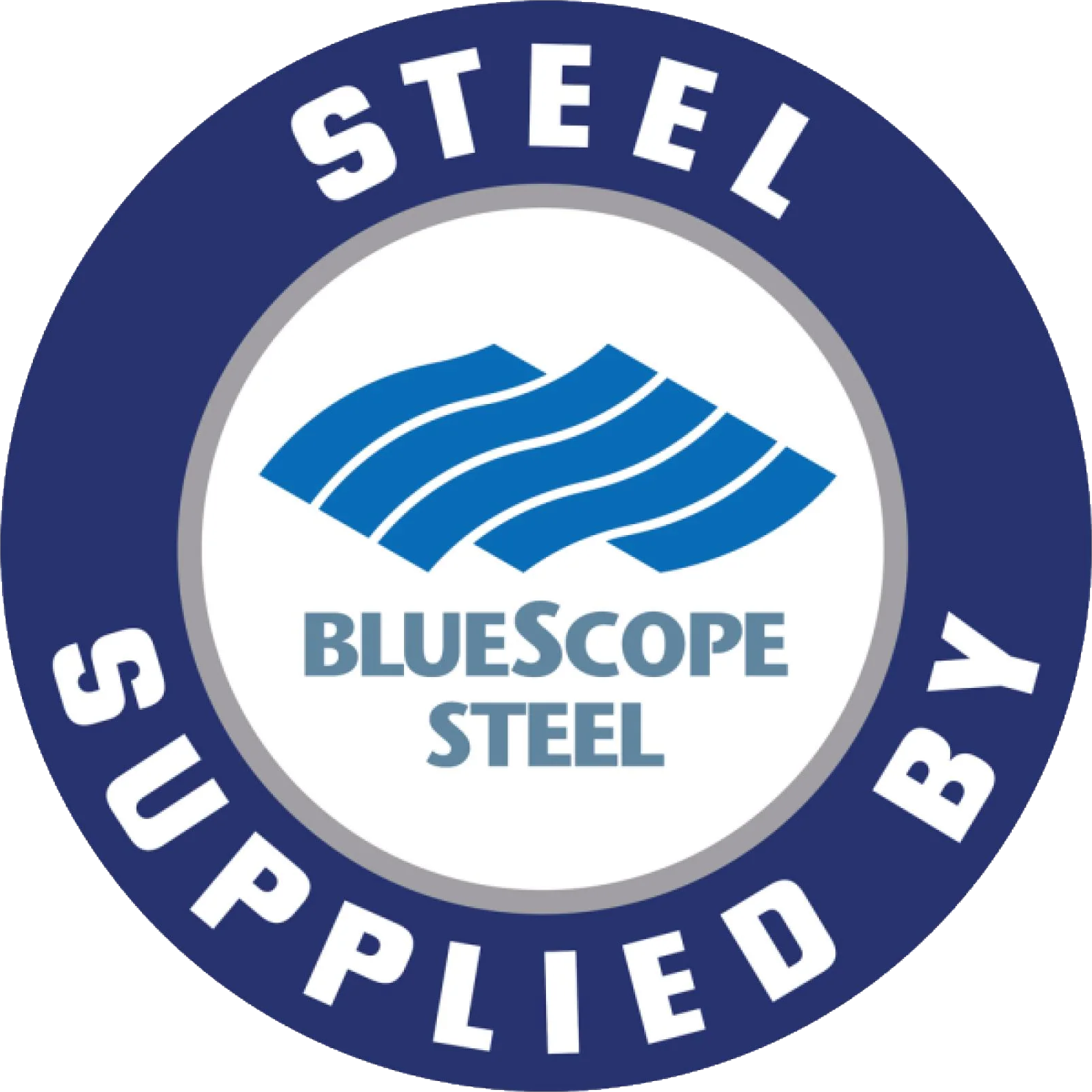Roof Service Placement Matters for Solar: The QLD Guide to a Service-Free Roof
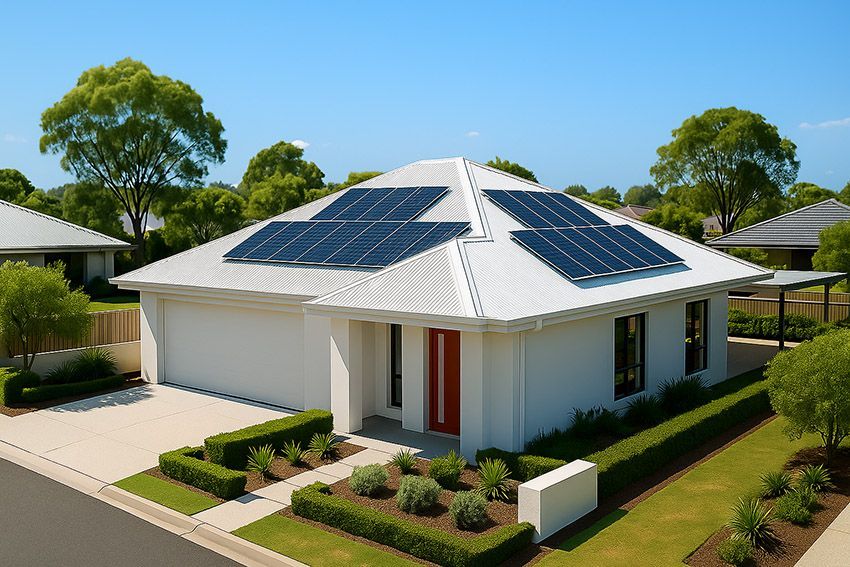
If you’re building in South-East Queensland, your north-facing roof is prime real estate for solar.
But don’t forget — east and west-facing planes are also strong performers, especially for morning and afternoon loads. Whatever your array mix, every vent, flue, whirlybird, antenna, or skylight you allow on those planes steals space, complicates panel layout, and can cast shade that cuts generation for years.
The fix is simple and smart: during design and rough-in, reroute services through the attic and exit them on the south roof (or gable end) wherever compliant. Plan it once, benefit for decades. The Markon Group bakes this coordination into our custom design process so your roof is solar-ready from day one.
Why the North Roof Is Gold (But East & West Matter Too)
In the southern hemisphere, the sun tracks across the northern sky. For Brisbane and SEQ, that means your north-facing roof plane receives the most consistent sunlight across the day and year. This is the premium surface for solar.
But here’s the nuance:
- East-facing roofs pick up the bright morning sun, giving you power as your home wakes up.
- West-facing roofs capture the afternoon sun, valuable when appliances, pool pumps, or A/C units run hardest.
That’s why in many modern solar designs, a mix of north, east, and west is used for a balanced generation curve. The critical rule? Keep all these productive planes clear of services. The south roof is the workhorse for penetrations—it’s the least productive face in SEQ, and the perfect place for vents, flues, skylights, antennas, and penetrations that would otherwise choke your array.
The Culprits Stealing Your Sun
Here’s what typically lands on the north, east, or west planes—and why they belong on the south:
- Bathroom/Toilet Exhaust Vents
- Kitchen Rangehood Ducts
- Plumbing Vent Stacks (DWV)
- Whirlybirds / Roof Ventilators
- Flues (Gas Appliances, Heaters, Fireplaces)
- Skylights / Solar Tubes
- Antennas, Satellite Dishes, Data/Conduit Stubs
- Parapets, Dormers, Satellite A/C Penetrations
All of these clutter productive roof faces. By design, they should be rerouted to the south roof or gable end
.
Attic Rerouting 101: How We Preserve Your Solar Planes
With a custom builder, you don’t need to project-manage the trade-offs. We design them in.
The playbook:
- Declare the “Solar Priority Zones”
- Shade the north, east, and west planes as no services here.
- Reserve them for PV array layout.
- Direct all penetrations to the south roof.
- Create Service Corridors in the Attic
- Use attic runs to cross rafters/trusses and pop out on the south.
- Maintain compliance for duct length, fan sizing, and insulation.
- Choose Exit Points Smartly
- South roof preferred.
- Gable ends/walls secondary option.
- Eaves vents discreet and solar-friendly.
- Consolidate Services
- Cluster cowls together on the south face.
- Use low-profile flashings to minimise wind exposure.
- Map PV Arrays Early
- Plan for north as primary, east and west as strong secondary.
- Keep those planes clear so string layout is easy and efficient.
When to Decide: Your Build Timeline
Concept Design
- Orient roof forms so north plane is generous.
- Allow good east and west areas for future-proofing.
- Note: All services to be designed for the south roof.
Pre-Contract / Selections
- Confirm appliance choices, skylights, and service exit needs.
- Document service-free north/east/west planes.
Frame Stage & Rough-In
- Mark attic service corridors.
- Confirm duct diameters and fan capacities for rerouted paths.
Roof Sheeting/Tiling
- Install all penetrations on south roof first.
- Photograph as-builts for solar installer handover.
Comfort & Efficiency: No Compromise
Even if duct runs are longer, performance is protected by:
- Upsizing fans
- Using insulated ducting
- Keeping bends minimal
- Maintaining condensate falls
Result: You keep comfort inside while keeping solar yield outside.
Future-Proofing with South Roof Services
By designating the south roof as the service zone, you:
- Maximise panel rows on north.
- Keep east and west free for future morning/afternoon expansion.
- Create upgrade space for EV chargers, pool heating, or bigger batteries later.
Roof Types: Colorbond vs Tile
- Colorbond: Easy for solar racking, penetrations best placed south-side.
- Tile: Dedicated vent tiles; again, south-side is best.
Whichever roof you choose, fewer holes on north/east/west = more PV.
Dollars & Sense: A Simple Illustration
Let’s say rerouting lets you add 4 extra panels that would’ve been blocked by a vent and a flue.
- 4 panels × 400 W each = 1.6 kW added capacity.
- Average ~4 sun-hours/day across the year in SEQ (illustrative).
- Daily energy: 1.6 kW × 4 h = 6.4 kWh/day.
- Annual energy: 6.4 × 365 = 2,336 kWh/year.
- At $0.30/kWh, that’s roughly $700/year in energy value.
Even if rerouting costs $1,000–$2,000, the payback is short, and the benefit lasts the life of the system.
Expanding to East & West Planes: Bigger Payback
Now consider this:
- By keeping the east plane free, you can later add 6 panels (2.4 kW) for early-morning generation.
- By keeping the west plane free, you can later add 6 panels (2.4 kW) for late-afternoon load coverage.
Together, that’s another 4.8 kW potential capacity you’ve preserved by simply rerouting services to the south.
At 4.8 kW × ~4 hours/day = 19.2 kWh/day.
- Over a year: 7,000 kWh/year.
- Value at $0.30/kWh = over $2,100 annually.
That’s the kind of capacity you’ll want as EV chargers, air conditioners, or pool heat pumps become part of your lifestyle. Keeping east and west planes clear is future-proofing in action.
The Markon Method: Solar-Smart by Default
At The Markon Group, we:
- Reserve north, east, and west for solar.
- Designate the south roof for penetrations.
- Brief every trade on the service-free plan.
- Hand you a solar-ready home, not a compromised one.
Quick Checklist
- Confirm PV target size (north first, east/west optional).
- Mark solar priority zones (north/east/west).
- Nominate south roof as the sole service exit.
- Plan skylights carefully, away from PV grids.
- Provide as-built roof plan to solar installer.
Your Next Step
A solar-smart roof doesn’t happen by accident—it’s designed. As a caring, family-run custom builder,
The Markon Group ensures your north-facing roof is maximised, your east and west are protected, and all services are directed to the south where they belong. The Markon group will endeavour to keep your North/East/West roof free from services allowing the solar design team of your choice the freedom to create the best case solution for optimal panel placement.
Explore solar-smart home roof designs with The Markon Group.
Let’s plan your service-free solar planes together—so you get the most out of Brisbane’s sunshine today, and for decades ahead.
